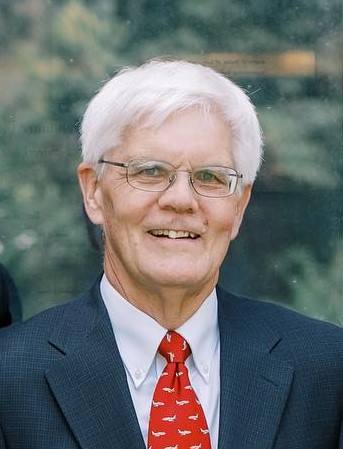ICTD 2025
Automated People Movers (APM)
Automated People Mover (APM) Industry Update
The History and Magic of Airport Automated People Movers
Monday, June 9, 2025
1:30 PM - 1:45 PM MT
Room: Aurora B

William j. Sproule, Ph.D.
Professor Emeritus
Michigan Technological University
Brighton, Michigan, United States
Primary Author(s)
Abstract: The first airport automated people mover (APM) system was placed in service at Tampa International Airport and it was soon followed by systems at Seattle and Dallas-Fort Worth International Airports. Automated people mover systems are unmanned, driverless vehicles that operate on a fixed, exclusive guideway. The newest airport system is expected to begin at the Los Angeles International Airport operations in 2025. APMs have found a special niche at airports, and today there are over 50 airports in the world with APMs and several are under construction or are being planned. They have become an important consideration in the planning, design, and operation of large high-capacity airports. Among the attractive features for an airport APM include operational flexibility, reliability, safety, environmental aspects, image, and cost-effectiveness. Airport applications can be identified into two general categories: (1) intra-terminal for the movement of passengers in a terminal or between a central area and aa satellite building, and (2) airport circulation for the movement of passengers and others on the airport site between terminals, parking lots, consolidated rental car facilities (CONRAC), hotels, and regional transit stations. This presentation will explore the history of airport APMs, applications with example airports, innovations, lessons, and future challenges.
Learning Objectives:
Attendees can expect to learn the following from this session:
- Upon completion, participants will be able to describe the history and development of automated people mover systems at airports
- Upon completion, participants will understand the applications, lessons, and future challenges for automated people movers.
- Upon completion, participants will have several references and resources for the planning, design, and operations of an automated people mover system at an airport.
